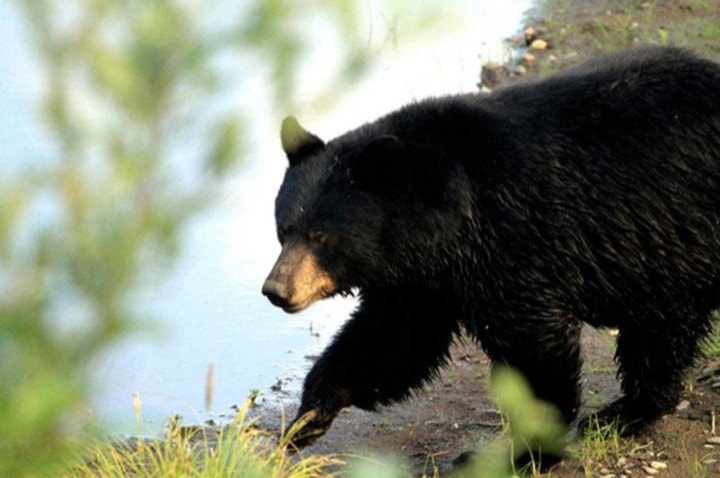The children’s section of the Nakusp Public Library was full as residents from around the area came for the Bear Smart presentation, created by WildSafe B.C.
This presentation came at a good time, as several bears have been spotted both in and around the village in the last month.
There are two types of bears in British Columbia: the black bear, and the grizzly bear. Black bears are the ones that have been spotted in the area, though a grizzly was caught in Silverton within the last few weeks.
For some, the information session was a welcome one.
“We have a group of eight bears that are constantly around our place, within a two mile area,” said Diana Black. “Every day we see bears, every single day, in our yard, on our road.”
Black, along with her husband, Richard Kopys, were very pleased they decided to attend the session. The pair moved from Manitoba last year, and while there are bears in Manitoba, it’s nothing like here.
In order to prevent bears from coming into the village, the managing of attractants needs to happen. This includes keeping all garbage stored securely, taking bird feeders downs, picking all fruit, and making sure any fallen fruit doesn’t accumulate below the trees, carefully managing compost, and potentially considering electric fencing to protect gardens or livestock.
Along with proving information on managing attractants, some lesser known facts about bears were given.
For example, the reason bears must gorge themselves before going into hibernation is because they can lose up to 30 per cent of their body weight over the winter months. If they don’t eat enough, they can actually die in their sleep.
Another interesting fact is the sow (female bear) can actually stop her pregnancy if she doesn’t have enough fat.
“They mate in late spring, and the egg is suspended inside of them,” said Bree Lillies of WildSafe B.C. “It will either be implanted or re-absorbed into the body depending on if they have enough fat on their body.”
This year, Lillies has received between five and ten phone calls a day in regard to bear sightings, which are significantly higher numbers than what she normally gets, though it looks like those calls are staring to wind down.
“You need to have this information, and it’s provided a good start, and some facts that we didn’t know. It was excellent.”
Lillies was pleased with the turnout and hopes residents left knowing there are many things that can be done to prevent a conflict between humans and wildlife.
“The general message is keeping wildlife wild and communities safe takes a community,” she concluded. “The more knowledge people have about bears, and bear behaviour, and attractant management, the better job we can do of reducing conflict in our community.”
